SOURCE: RAUNAK KUNDE / NEWS BEAT / IDRW.ORG

The Indian Navy’s ambitious Twin Engine Deck Based Fighter (TEDBF) program is set to enter a crucial phase as it transitions from the preliminary design review (PDR) to the critical design review (CDR). Expected to be completed by 2025, the CDR marks a significant milestone, signifying the detailed finalization of the aircraft’s design before proceeding to development and production.
The TEDBF, envisioned as a replacement for the aging MiG-29K, is a cornerstone of the Indian Navy’s modernization plans. The program has been steadily progressing, with the final PDR report nearing completion. Once approved, the project will seek the green light from the Cabinet Committee on Security for its subsequent stages.
Continue readingSOURCE: RAUNAK KUNDE / NEWS BEAT / IDRW.ORG

The Indian Army is taking its firepower to the next level by integrating loitering munitions capabilities into its existing fleet of Mahindra Armoured Light Specialist Vehicles (ALSVs). This move comes after the successful integration of Spanish 120mm Alakran mortars and Milan-2T Anti-Tank Guided Missiles (ATGMs) onto the ALSV platform.
The ALSV, designed for manoeuvrability and tactical flexibility, has proven to be a valuable asset for the Indian Army. Previously, it could be equipped with ATGM launchers, machine guns, and grenade launchers. Now, the addition of loitering munitions adds another dimension to its offensive capabilities.
Continue readingSOURCE: RAUNAK KUNDE / NEWS BEAT / IDRW.ORG
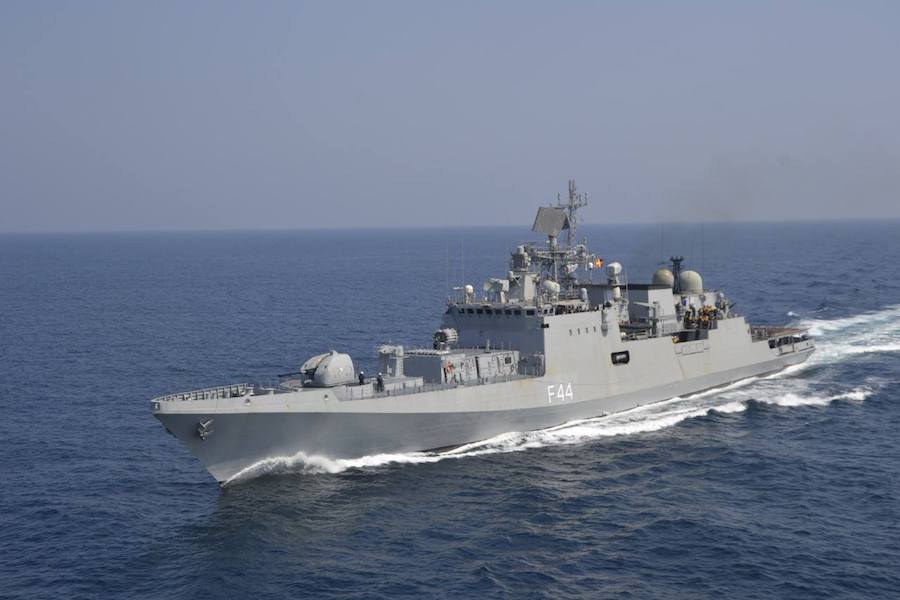
One of the Two new stealth frigates being constructed for the Indian Navy in Russia is expected to be delivered by the end of 2024, despite delays caused by the ongoing Russia-Ukraine war.
The first frigate, named INS Tushil, is currently undergoing sea trials in Russia and is anticipated to be ready for acceptance trials by the Indian Navy soon. Delivery is expected in September 2024. The second frigate, INS Tamal, is slated for delivery in February 2025.
Continue readingSOURCE: RAUNAK KUNDE / NEWS BEAT / IDRW.ORG
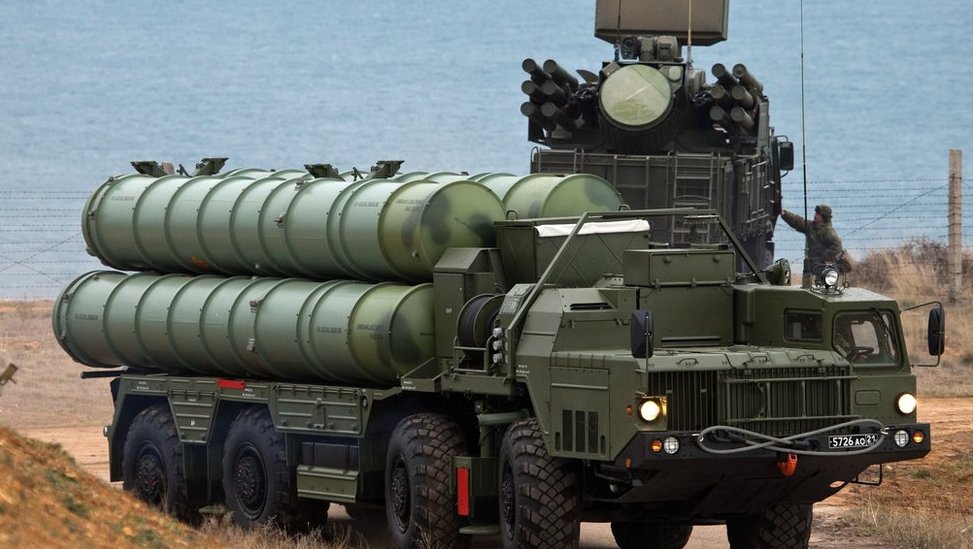
Sources close to the Indian defence industry have revealed to Sputnik that an agreement for in-country maintenance and repair of the S-400 air defence systems is nearing completion. This agreement will reportedly involve a joint venture between an Indian company and the S-400 manufacturer. The foreign partner will provide crucial technical assistance to the Indian company and aid in establishing the necessary infrastructure for local maintenance.
With S-400 squadrons deployed across India, the plan foresees the creation of potentially two dedicated maintenance centres within the country. This localized approach will ensure swift response times and streamlined maintenance procedures.
Continue readingSOURCE: RAUNAK KUNDE / NEWS BEAT / IDRW.ORG

India’s Project-75I, a crucial initiative to procure six next-generation submarines, is set to usher in a new era of domestic offensive capabilities. As per reports, these submarines will be the first to be equipped with at least six indigenously developed Submarine-Launched Cruise Missiles (SLCMs).
These Made-in-India SLCMs, successfully tested multiple times, boast an impressive range of 500 kilometres. They can be launched through the submarines’ torpedo tubes, offering the Indian Navy a potent dual capability – Land Attack Cruise Missile (LACM) and Anti-Shipping Cruise Missile (ASCM). This significantly enhances the Navy’s offensive prowess against both land-based and maritime targets.
Continue readingSOURCE: RAUNAK KUNDE / NEWS BEAT / IDRW.ORG

IIT Jammu’s deep-tech startup, SAP Aerospace, has achieved a milestone with the successful test firing of their indigenously developed Fuel-Flex Combustor. This marks a significant step forward in India’s pursuit of self-reliance in aerospace technology.
The combustor is a critical component of any jet engine. It’s where fuel and air are mixed and ignited, generating the hot exhaust that propels the aircraft. SAP Aerospace’s Fuel-Flex Combustor, with its stunning “tulip-blue” flame, is designed for adaptability, potentially allowing for operation on different fuel types.
Continue readingSOURCE: RAUNAK KUNDE / NEWS BEAT / IDRW.ORG

recent report in “The Print” indicates that India and France have reached a critical milestone in negotiations for the procurement of 26 Rafale M fighter jets for the Indian Navy. The agreement pertains to the base price of the aircraft, which will be tailored to meet the Navy’s specific operational needs.
These Rafale M fighters will incorporate several enhancements requested by the Navy to ensure seamless operation from both indigenous and Russian-origin aircraft carriers. These modifications will build upon the improvements already implemented for the Indian Air Force’s (IAF) Rafale jets.
Continue readingSOURCE: RAUNAK KUNDE / NEWS BEAT / IDRW.ORG

The Aeronautical Development Establishment (ADE), a premier laboratory of India’s Defence R&D Organisation (DRDO), is seeking Indian industry partners for the design and development of a critical technology: a Sense and Avoid System for Medium/High Altitude Long Endurance UAVs (Unmanned Aerial Vehicles).
A pre-EoI submission meeting will be held at ADE to discuss the project in detail, including proposed workshare plans across various domains. This meeting is mandatory for all interested partners. Attending companies must sign a Non-Disclosure Agreement (NDA) with ADE before the meeting. Authorized signatories with company seals are required to be present.
Continue readingSOURCE: RAUNAK KUNDE / NEWS BEAT / IDRW.ORG

The Indian Air Force (IAF) is actively pursuing the development and procurement of unmanned Loyal Wingmen and Strike platforms to bolster its offensive capabilities. However, a senior official recently clarified to idrw.org that these unmanned systems are not intended to replace traditional manned fighter jets.
The IAF currently operates 33 squadrons, a figure already below its sanctioned strength of 42 due to the retirement of ageing aircraft. This number is expected to drop further to 30 squadrons in the coming years as more planes reach the end of their service life.
Continue readingSOURCE: RAUNAK KUNDE / NEWS BEAT / IDRW.ORG
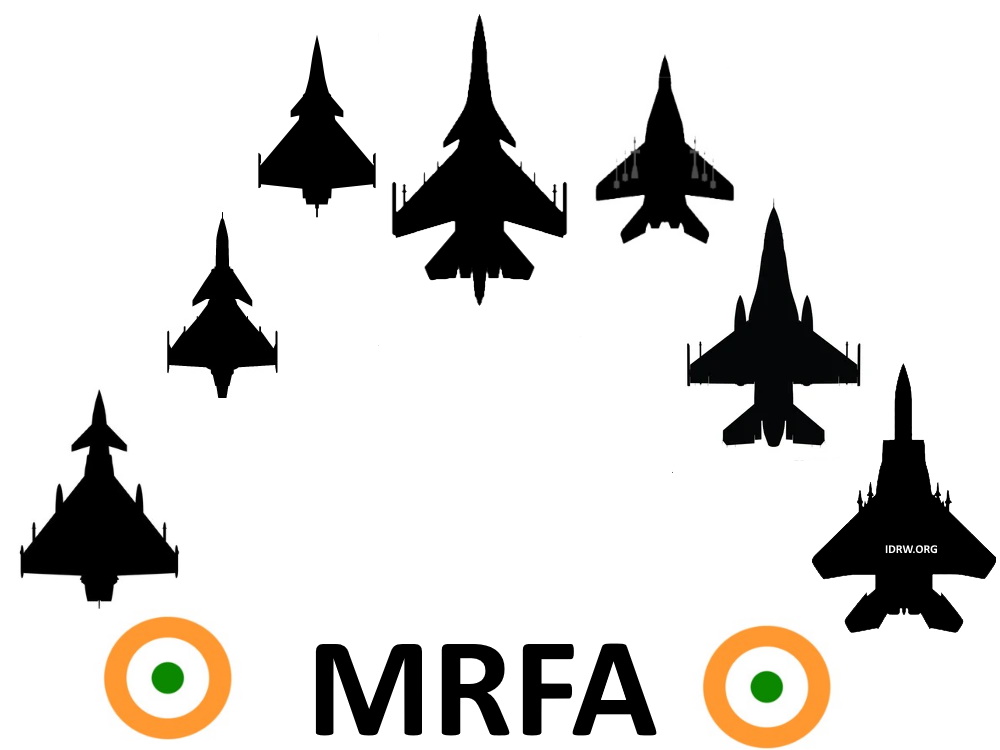
In a significant shift in its defence procurement strategy, the Indian government is demanding complete fighter jet manufacturing within the country for its upcoming Multi-Role Fighter Aircraft (MRFA) program. This move signals a departure from the previous piecemeal approach under the Make in India initiative.
Under the new policy, any vendor vying for the MRFA contract, valued at an estimated $23 billion, must be willing to establish a manufacturing unit in India capable of producing the entire aircraft. This goes beyond the offset obligations of previous deals, where only parts of the aircraft were manufactured domestically. Additionally, the government seeks technology transfer and a joint venture with a local partner for full-scale production.
Continue readingSOURCE: RAUNAK KUNDE / NEWS BEAT / IDRW.ORG
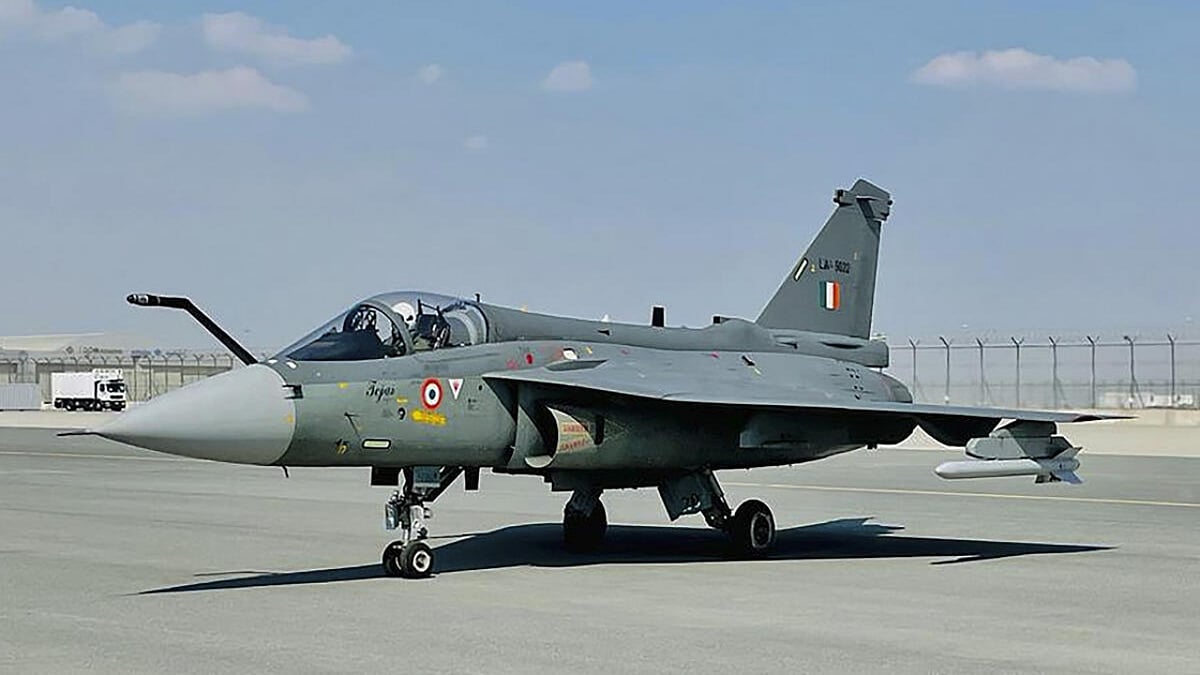
India’s Light Combat Aircraft (LCA) Tejas Mk1A program faces a potential delay due to ongoing issues with the supply of F404 engines from GE Aerospace. Sources close to the program have informed idrw that these delays could push back deliveries by over 10-12 months.
The Tejas Mk1A was designed specifically for the F404 engine, and there is currently no viable alternative. The Kaveri engine, an indigenous option being developed by India, is still facing delays and is not expected to be ready for production for another 5-6 years. The RD-33 engine, considered in the early 1990s, is no longer a feasible fallback solution.
Continue readingSOURCE: RAUNAK KUNDE / NEWS BEAT / IDRW.ORG

In a move towards greater inter-service cooperation and improved safety, the Indian Army is leading a joint initiative to procure specialized explosive vans for the transportation of ammunition by the Army, Navy, and Air Force.
The current practice of using General Staff (GS) vehicles for transporting explosives is deemed hazardous due to inadequate fire and security measures. The new explosive vans aim to address these shortcomings by providing a safer and more secure mode of transporting ammunition.
Continue readingSOURCE: RAUNAK KUNDE / NEWS BEAT / IDRW.ORG

The Indian Air Force (IAF) is considering a new approach for maintaining the F-404 engines that power its Tejas Mk1A fighter jets. This strategy takes inspiration from the IAF’s management of its Pilatus PC-7 Mk.II trainer fleet.
Similar to how the IAF directly engages with Pratt & Whitney, the engine manufacturer for the PC-7, the Air Force is mulling bypassing Hindustan Aeronautics Limited (HAL) and working directly with GE Aerospace, the makers of the F-404 engines. This approach aims to streamline the spare parts and supply chain process, eliminating unnecessary middlemen.
Continue readingSOURCE: RAUNAK KUNDE / NEWS BEAT / IDRW.ORG

Rolls-Royce is actively campaigning its MT30 Marine Gas Turbine for the propulsion system of the Indian Navy’s upcoming IAC-2 aircraft carrier. This comes after the MT30 was initially considered for a larger, 65,000-ton carrier project that was later shelved in favor of the 44,000-ton INS Vikrant, currently powered by General Electric LM2500 engines.
Rolls-Royce sees IAC-2, the sister ship to INS Vikrant, as a crucial opportunity for the MT30. The company is highlighting the potential for engine continuity when the even larger IAC-III carrier is built, especially considering Defense Minister Rajnath Singh’s suggestion of a future Indian Navy with more than four carriers.
Continue readingSOURCE: RAUNAK KUNDE / NEWS BEAT / IDRW.ORG
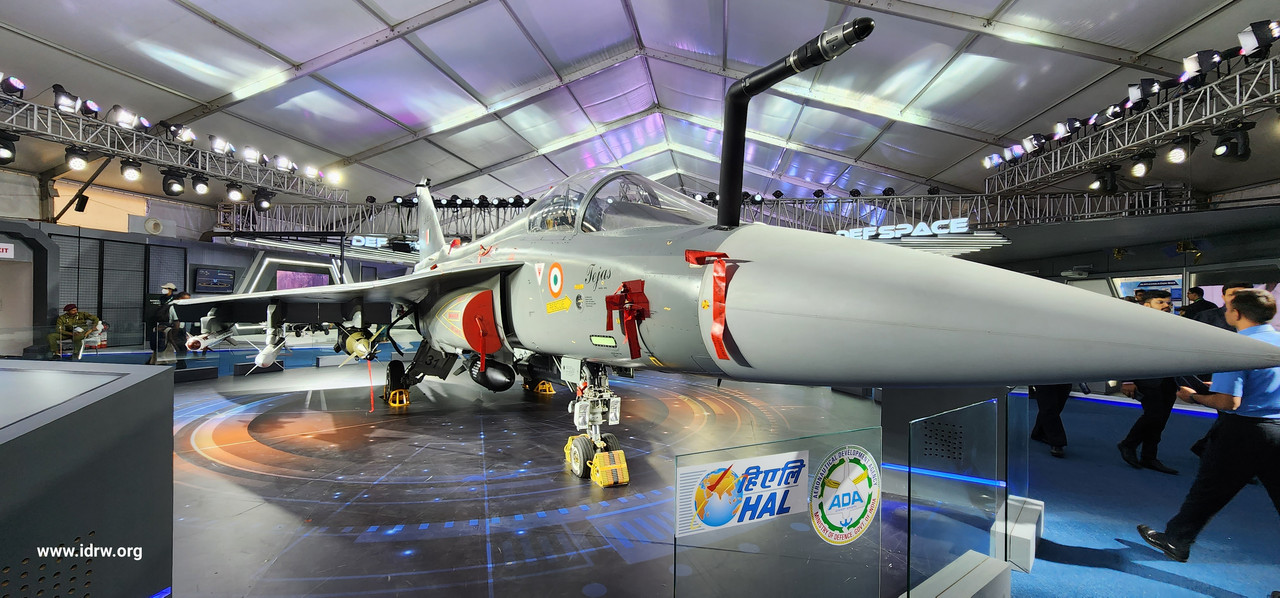
The Indian light combat aircraft, Tejas, seems to have hit a roadblock in its potential export to Botswana. Discussions between Botswana Defence Force (BDF) and Hindustan Aeronautics Limited (HAL) regarding the Tejas fighter jet’s acquisition, which emerged during the 2023 Aero India show in Bengaluru, have reportedly stalled.
The BDF has been actively seeking replacements for its aging fleet of 10 CF-5A and three CF-5D fighter aircraft and fighter trainers. However, their search hasn’t yielded any concrete results. Talks with other potential suppliers, including South Korea for the FA-50 and Sweden for the Saab JAS-39 Gripen, have also failed to progress in Past.
Continue reading